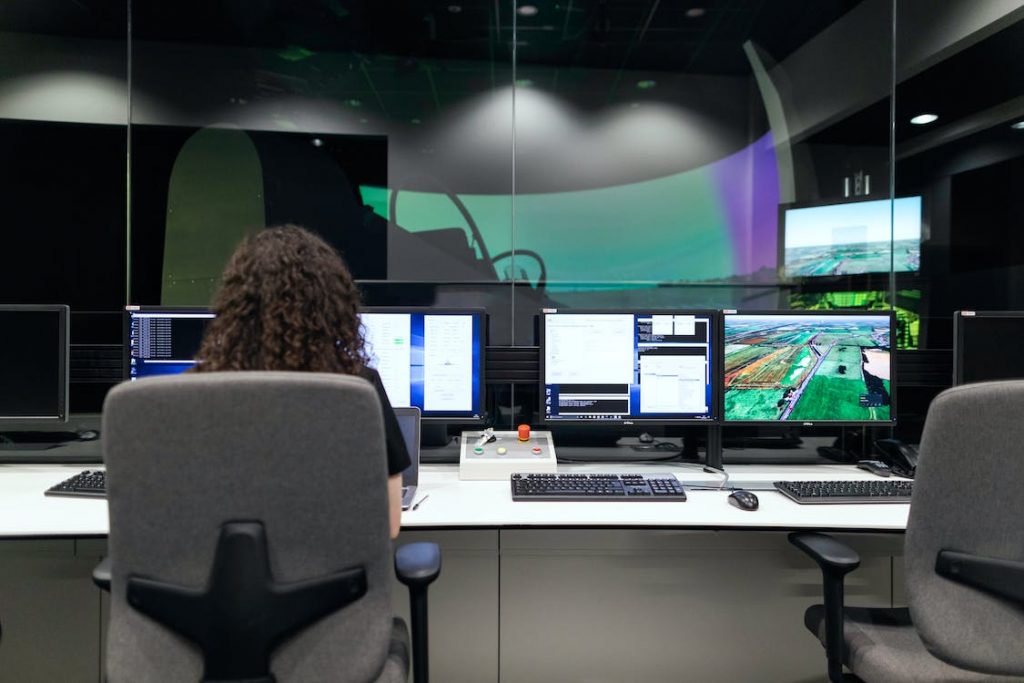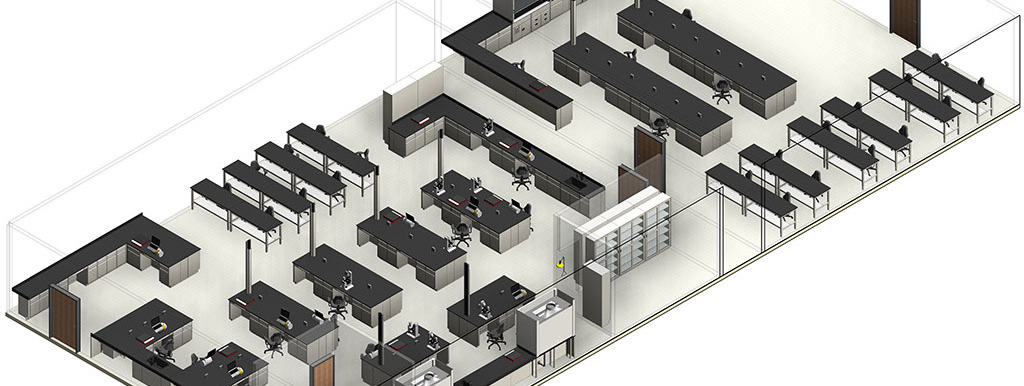The field of engineering is constantly evolving, and the laboratory is the backbone of any engineering research and development. In the 21st century, technology has advanced rapidly, and engineering laboratories have had to adapt to stay current. In this blog post, we will explore the best practices for engineering laboratories in the 21st century.
- Embrace Technology: The use of technology in the laboratory has become essential for data collection, analysis, and experimentation. Computer-controlled equipment, virtual reality, and 3D printing are just a few examples of technology that can enhance the laboratory experience. By incorporating these tools, laboratories can improve efficiency, accuracy, and repeatability of experiments.
- Prioritize Safety: Safety should always be a top priority in any laboratory. It is important to implement strict protocols and procedures to ensure the well-being of all staff and students. This can include regular safety training, proper labeling of hazardous materials, and emergency procedures.
- Foster Collaboration: Collaboration among staff and students can foster a sense of community and teamwork. Creating open lab spaces and promoting interdisciplinary projects are just a few ways to encourage collaboration. By working together, researchers can share ideas and resources, leading to new discoveries and innovations.
- Emphasize Sustainability: Sustainability is becoming an increasingly important consideration in the laboratory. By incorporating sustainable practices, such as using energy-efficient equipment and implementing recycling programs, laboratories can reduce their environmental impact and contribute to a more sustainable future.
- Encourage Hands-on Learning: Hands-on learning is an essential part of the engineering education experience. Design and build projects, laboratory exercises, and field trips are all ways to give students a deeper understanding of the material. By providing opportunities for hands-on learning, students can apply the concepts they have learned in the classroom to real-world situations.
- Embrace Flexibility: It is important to keep in mind that technology and industry standards are constantly evolving. To stay current, laboratories should be flexible and open to change. This can include updating equipment and software, and incorporating new techniques and methods.
- Use Remote Access: The internet and cloud computing have made remote access to equipment and data a standard practice in modern labs. This allows researchers to access and share data from anywhere in the world. By embracing remote access, laboratories can expand their reach and collaborate with researchers in other institutions.
The 21st century has brought about many changes in the field of engineering, and laboratories have had to adapt to keep up. By embracing technology, prioritizing safety, fostering collaboration, emphasizing sustainability, encouraging hands-on learning, embracing flexibility, and using remote access, engineering laboratories can stay at the forefront of innovation and ensure that students are well-prepared for the future.





No responses yet